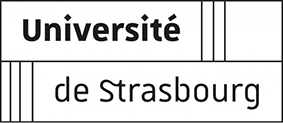The development of root hairs contributes to the plant’s numerous exchanges with the soil. Using a microfluidic approach, the scientists were able to analyse the migration and shape changes of the nucleus during root hair growth at high resolution. This work was published on 25 September 2021 in The Plant Journal.
Research Highlight.
A root hair is a single cell whose development increases the surface area for exchange with the soil and facilitates the absorption of water and minerals by young plants. In the soil, during their development, root hairs are subjected to various biological (beneficial or pathogenic microorganisms) or mechanical (soil heterogeneity) hazards. These cells constitute a model for studying mechanobiology during development.
In the framework of an interdisciplinary HFSP programme between M-E. Chabouté and A. Asnacios (Université Paris Diderot) and in collaboration with M. Ryckelynck (Université de Strasbourg), the researchers developed a coverslip based microfluidic device (CMD) to analyse the development of root hairs using high resolution confocal microscopy. They were able to visualise in real time the growth of the root hair as well as the movements associated with changes in the shape of the nucleus. They showed that the characteristics of the nuclei varied over time and in particular the morphology of the nuclei in the mature hair (which has stopped growing) compared to that of the nuclei in the growing root hairs.
 Microfluidic device: growth of root hairs in the lateral channels, the nucleus is visualised in green by a nuclear envelope marker
Microfluidic device: growth of root hairs in the lateral channels, the nucleus is visualised in green by a nuclear envelope marker
Microfluidics opens up new perspectives for the controlled study of root hair growth and nucleus morphology, in particular by allowing standardised mechanical constraints to be applied.















